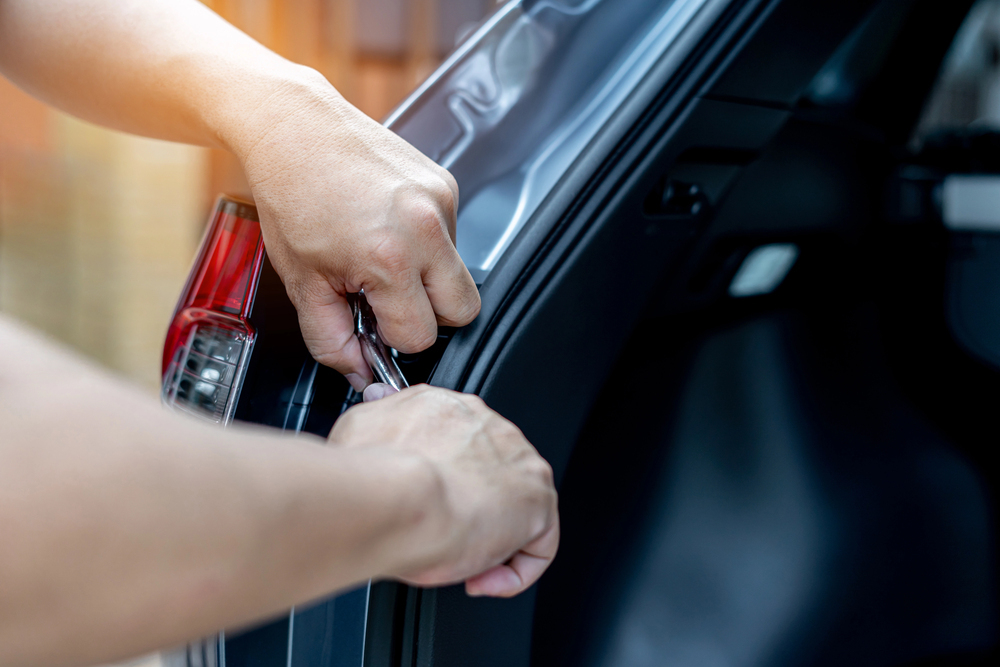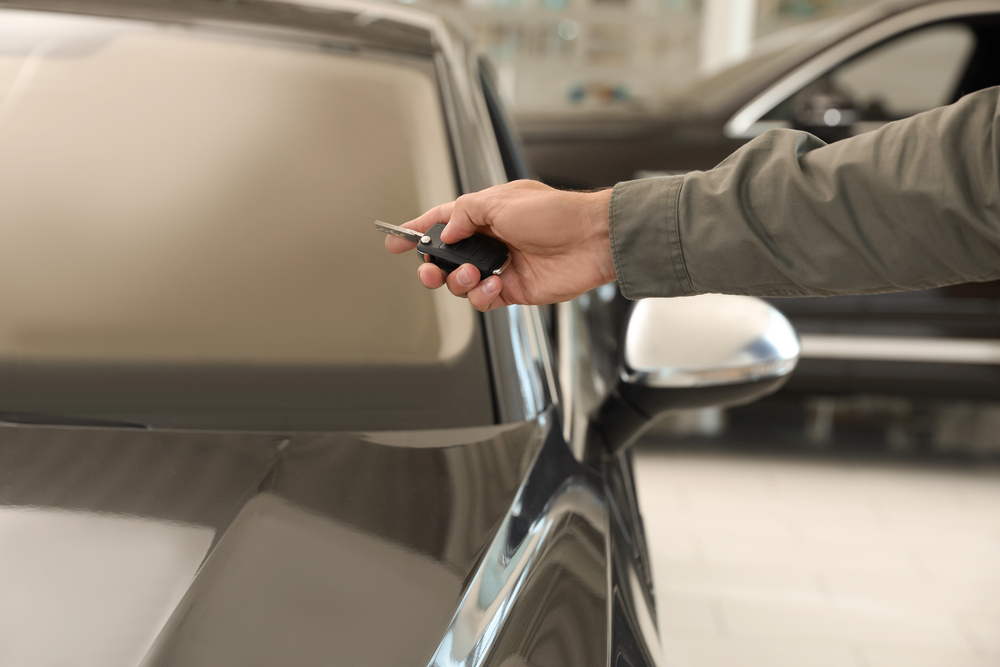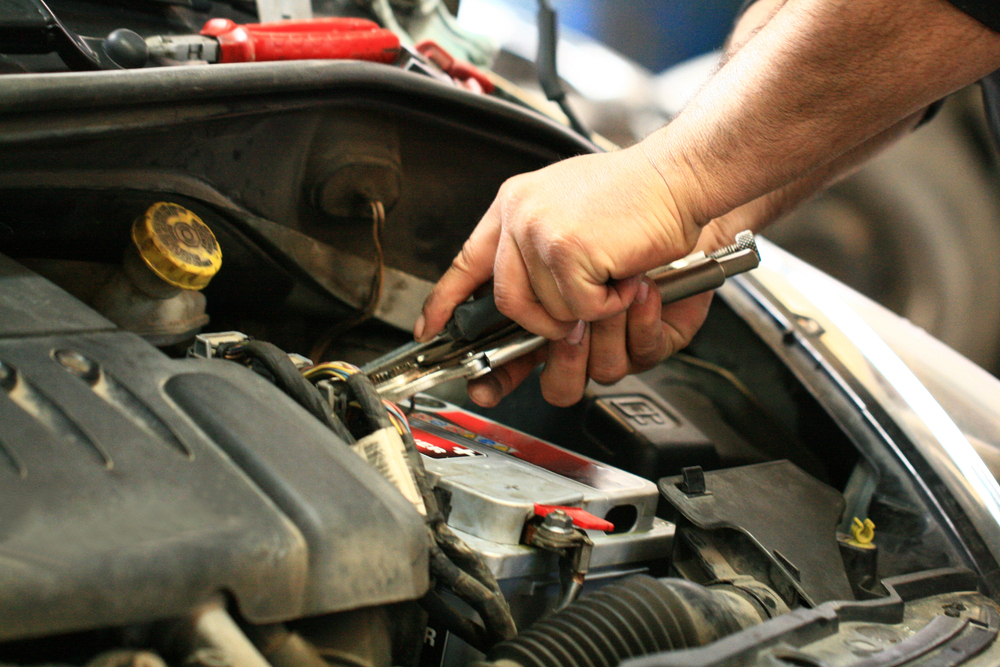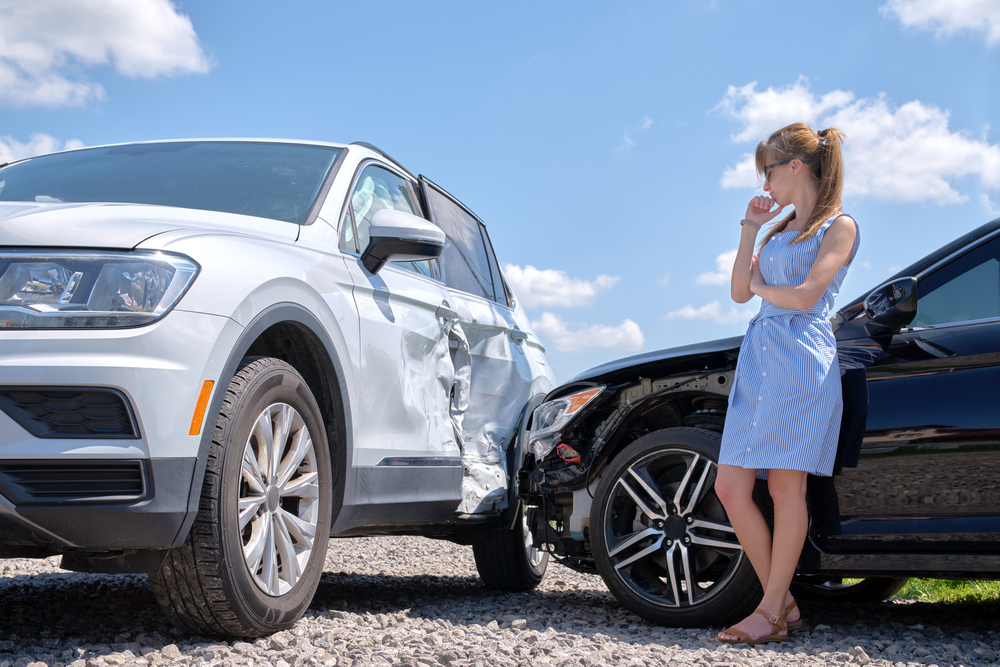As we move into 2025, the landscape of auto body repairs is evolving. With new trends, technology, and challenges, it’s crucial for South Jersey drivers to be aware of emerging scams and how to avoid them. Whether it’s the rise of online reviews or shifts in insurance policies, scammers are adapting—and so should you. Here’s how to stay one step ahead and protect yourself from auto body scams in 2025 and beyond.
Key Takeaways
- Lowball estimates can lure drivers in but later result in surprise price hikes, so always get multiple written estimates.
- Counterfeit parts are a common scam—request OEM parts and proof of authenticity for safe repairs.
- Phantom repairs and unnecessary work may be recommended; ensure you see the replaced parts and get second opinions.
- Unauthorized repairs can happen if you don’t approve work in writing, so set clear boundaries and approve all work.
- To avoid scams, choose a reputable, transparent shop like Elmer’s Auto Body that prioritizes customer communication and quality.
Get the Full Guide: Avoid Auto Body Scams in 2025
Want to protect yourself from costly scams and avoid falling into common auto repair traps? Download our comprehensive PDF guide, packed with expert tips and actionable advice on how to spot and avoid scams in South Jersey.
Click below to access the full PDF and stay informed:
Download Guide
The Lowball Estimate Trap
While this scam has been around for years, it’s expected to continue as auto repair costs fluctuate in response to supply chain challenges and rising material costs. Scammers may lure you in with surprisingly low estimates, only to hike the price after your vehicle is in their shop. The scam shop may also claim that they need to substitute the out-of-stock parts with more expensive parts that weren’t included in the original quote.
To protect yourself, you need to do research. Get at least three written estimates from shops, especially if parts availability is a concern. Review each estimate carefully, including the details about parts and labor.
Counterfeit or Substandard Parts
When you are getting repairs done on your vehicle, you expect the parts used to be the best quality. Unfortunately, some auto repair scams in NJ use only the cheapest parts available while charging you the same price for high-quality OEM components. This is dangerous. Substandard parts compromise your vehicle’s safety, leading to costly future repairs.
So why does this scam persist? The truth is that fake or low-quality parts are easier to source and cheaper for shops to buy.
To avoid auto body scams, always ask for OEM parts and request proof, such as receipts or serial numbers. Also, choose certified repair shops like Elmer’s Auto Body, which prioritize safety and quality.
“Phantom” Repairs or Unnecessary Work
One of the top scams involves repair shops charging you for repairs that weren’t done or recommending unnecessary services. AI-powered diagnostics and more electronic components mean that repair shops can use complex jargon or exaggerate the need for repairs, making you feel anxious about letting such expensive yet unnecessary repairs go undone. Their hope is that you don’t question the details of what they’re offering.
The best way to get around phantom repairs is to request a detailed list of all repairs performed, and ask to see the replaced parts. You can also get second opinions from another repair shop if the work feels excessive.
Unauthorized Repairs
This one is similar to phantom repairs and unnecessary work. Sometimes shops may perform repairs beyond the scope of your agreement. As vehicle technology advances, some shops may use tech like remote diagnostics to push unnecessary repairs. What this means is that scam repair shops can perform remote assessments without your consent, and then charge you for work you didn’t approve.
Only approve work in writing before anything begins. Set clear boundaries for what you expect to be fixed and inquire about any potential additional costs. No reputable shop will do work without asking permission.
Exaggerated Damage Claims
With the increase in advanced vehicle safety features, repair estimates could be inflated, especially when a shop takes advantage of a customer’s lack of understanding about how these features affect repairs. For example, repairs on systems like lane-assist, collision sensors, and adaptive headlights may be priced at a premium. Unscrupulous shops might exaggerate these costs to boost their profit margin.
Again, it’s important to always get multiple opinions and check the assessment provided by your insurance adjuster. Choose a certified shop like Elmer’s Auto Body that is familiar with the latest automotive technologies and can give you accurate estimates.
Why You Need an Auto Body Repair Shop in South Jersey You Can Trust
The best way to avoid scams and ensure your vehicle receives high-quality repairs is by working with a certified, reputable auto body shop. When you choose Elmer’s Auto Body, you’re partnering with a trusted name that’s served South Jersey drivers for decades. We stand apart from the competition in several ways:
Transparent Pricing
Reliable auto body repair shops believe in full transparency. From the moment you reach out to us, we provide clear, itemized estimates that break down all the costs involved, so you know exactly what you’re paying for. Our goal is to eliminate surprise charges, offering honest pricing from start to finish. Whether it’s a minor scratch or major bodywork, we’ll guide you through every step of the process.
Certified Technicians
Auto body repair is a skilled craft, and our technicians are trained to meet the highest industry standards. At Elmer’s Auto Body, our team is certified by leading manufacturers and repair organizations, ensuring that your vehicle is in the hands of experts who understand the latest repair techniques and safety standards. Our technicians continuously undergo training to stay up-to-date with new automotive technologies and repair practices.
OEM Parts
We only use original equipment manufacturer (OEM) parts for your repairs. OEM parts are designed specifically for your vehicle, ensuring the best fit, performance, and durability. Using non-OEM or counterfeit parts can affect your car’s safety, functionality, and long-term performance. With Elmer’s, you can rest assured that your car will be restored to its original state using only the highest-quality parts available.
Customer-First Approach
Communication is key to a successful repair experience. We prioritize keeping you informed at every stage of the process. If additional repairs are needed or if there are any changes to the original estimate, we always seek your approval before moving forward. We value your trust and aim to create an open line of communication that ensures you feel confident in the repairs being done.
Contact a South Jersey Auto Body Repair Shop Today
Auto body repair scams in NJ have evolved throughout the years and in 2024. Going into 2025, it’s more important for drivers to stay vigilant. With supply chain shifts, rising vehicle complexities, and advances in diagnostics, scams are adapting—but with the right knowledge and a trusted repair shop, you can avoid falling victim to fraud.
At Elmer’s Auto Body, our team is committed to providing honet, reliable repairs that keep you safe on the road. We have been around since 1947—that’s over 75 years! Customers trust us to do their repairs after collisions, and we’re confident that we can get your car back on the road, too. Contact one of our three South Jersey locations today to schedule an appointment or learn more about how we protect you from scams and hidden costs.





